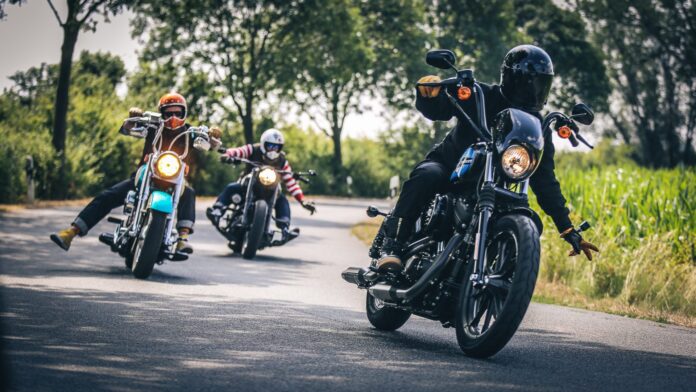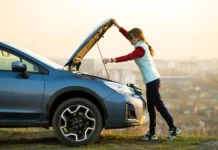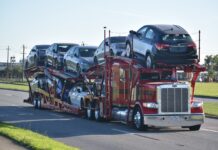Before you put on your riding gear and head the road, firstly, you will require a bike license. It’s not hard to get a bike license if you compare it with the car and other heavy vehicles. Every nation and state has its own set of rules to get a bike license; however, the general process is similar wherever you take the test.
Get a learner’s permit, pass a written test, and finally pass the skill test; that’s all you need to accomplish to get the bike license. To get the learner’s trial, it’s advised to take a Driver Knowledge Test from DKT, online. Not everyone manages to pass the driver’s license test unless they are focused on what’s coming ahead. Better be prepared first; the DKT demonstration test takes you to a top step, making you concoct when you encounter challenges in the actual test.
The following section further teaches you a detailed guide on how you can pass the general test and pass the actual test.
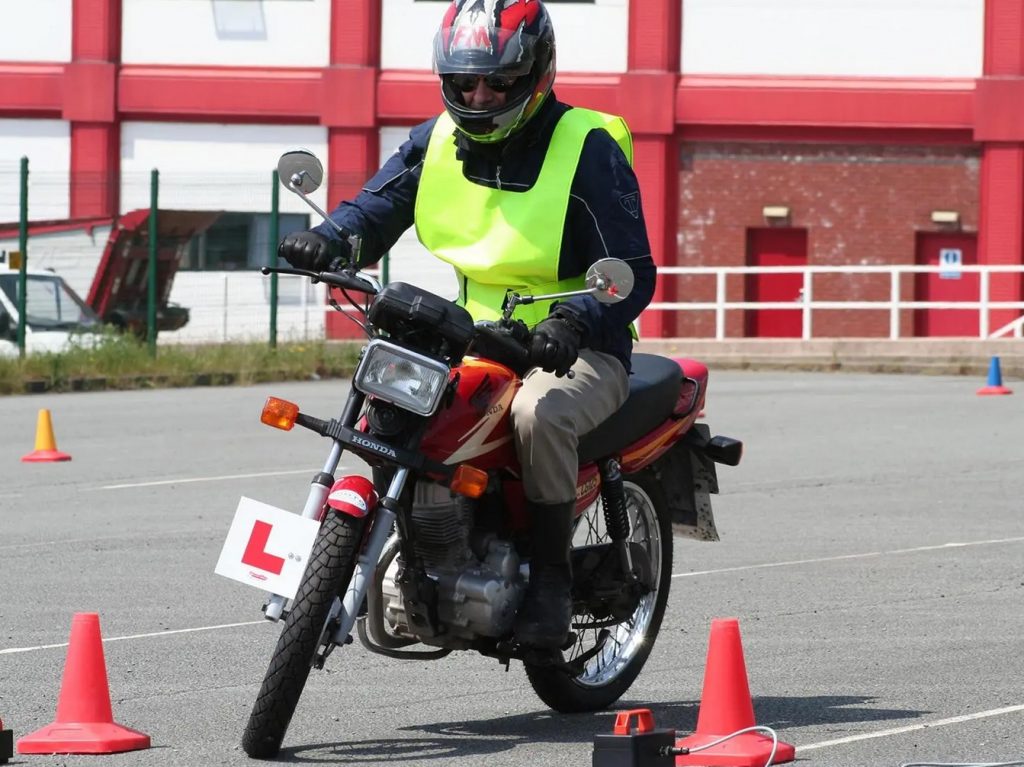
CBT
CBT, as in Compulsory Basic Training, is basically not a license if you’d ask. It’s an eight-hour course which you do with a motorcycle school. People say CBT is really not a license test as you can’t fail it while you are not rewarded for driving your bike anywhere as soon as you pass CBT. The only difference being you can take CBT time and again, which is never the case with high-level bike license training.
Generally, a CBT license lasts for two years, and as it runs out, you have to retake it. In the UK, 16 years old, nothing but can ride a bike if they get the CBT. You can get yourself a 50CC moped that can do 28 miles an hour. At 17, you can automatically drive a 125cc motorcycle with a maximum of 14-15 brake horsepower, and it can have a power-to-weight ratio of no more than 0.1 kilowatts per kilo.
How to pass CBT
Passing a CBT license is compulsory because you have to do it by law. While you take CBT, you won’t be tested throughout the day, and it’s about both training and instructions. There are five elements to the CBT:
- Introduction to the course
- Introduction to the motorcycle
- Riding in a safe environment
- Road safety briefing
- Out on the road.
Training is difficult at a time; thus, instructors guide you through the whole process.
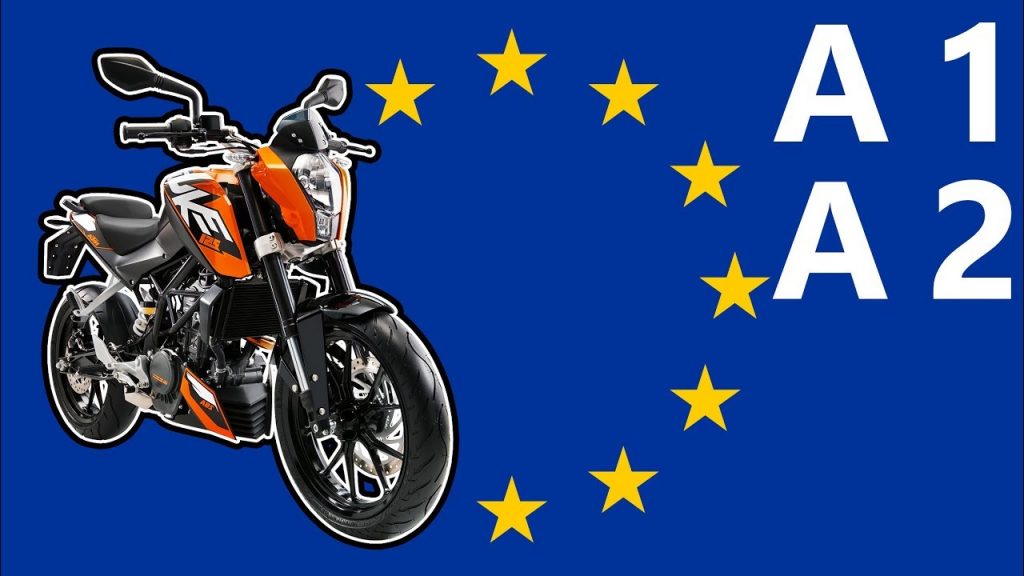
A1 License
CBT indeed has a restriction; you can neither go on the motorways nor drive forever on this license. Subsequently, an A1 license helps in these situations if you are at age 17. For this, you need to do a theory test, CBT, and similarly the mod one and Mod 2. Unlike CBT, you don’t have to retake the test after two years. The A1 license categories include benefits like riding on the motorways, carrying pillions, using tricycles and sidecars.
How to pass A1 licenses
In order to start an A1 license trial, first, you are required to hold a valid UK driving license; it can be a provisional license or a car license. By the time it’s mandatory to complete Compulsory Basic Training.
You can either give the test on a manual motorbike or an automatic bike that doesn’t go beyond 55mph. The A1 license focuses more on Mod 1 and Mod 2 tests.
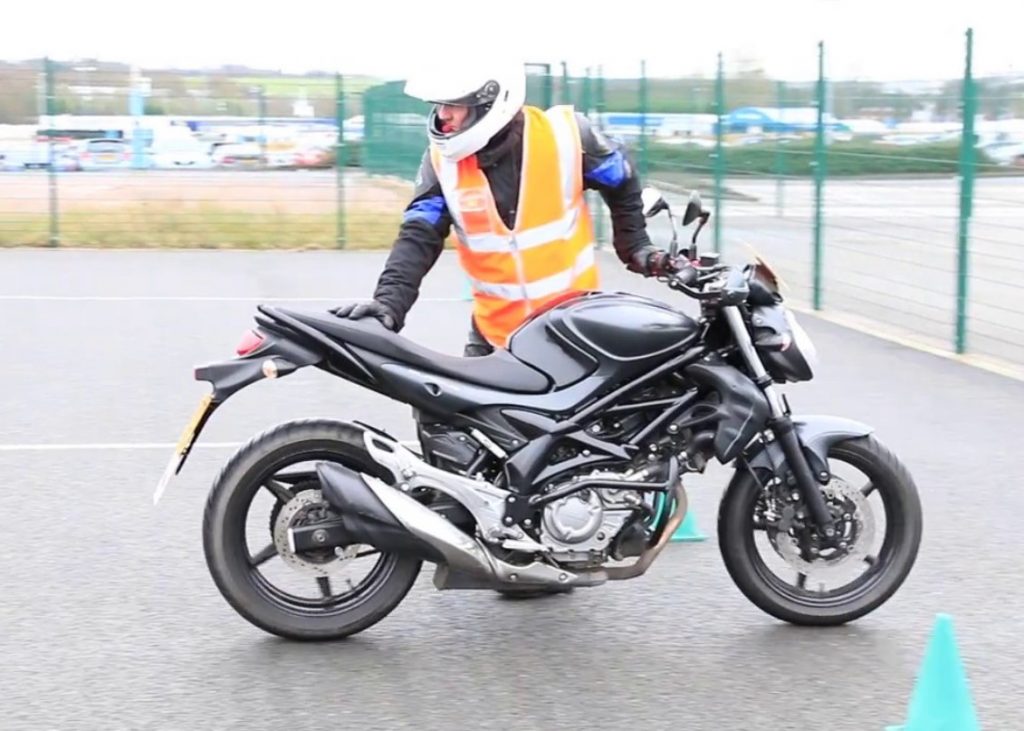
The module 1 test includes:
- Wheeling the motorcycle slowly and turning on the stand
- Riding bike on 8 figure
- Slow ride
- Taking U-turns
- Sidelights while taking corners
- Avoiding hazards while cornering
The module 2 test includes:
- Eye test if you’ve color blindness
- Motorcycle safety quiz
- Riding on the road
- Independent riding
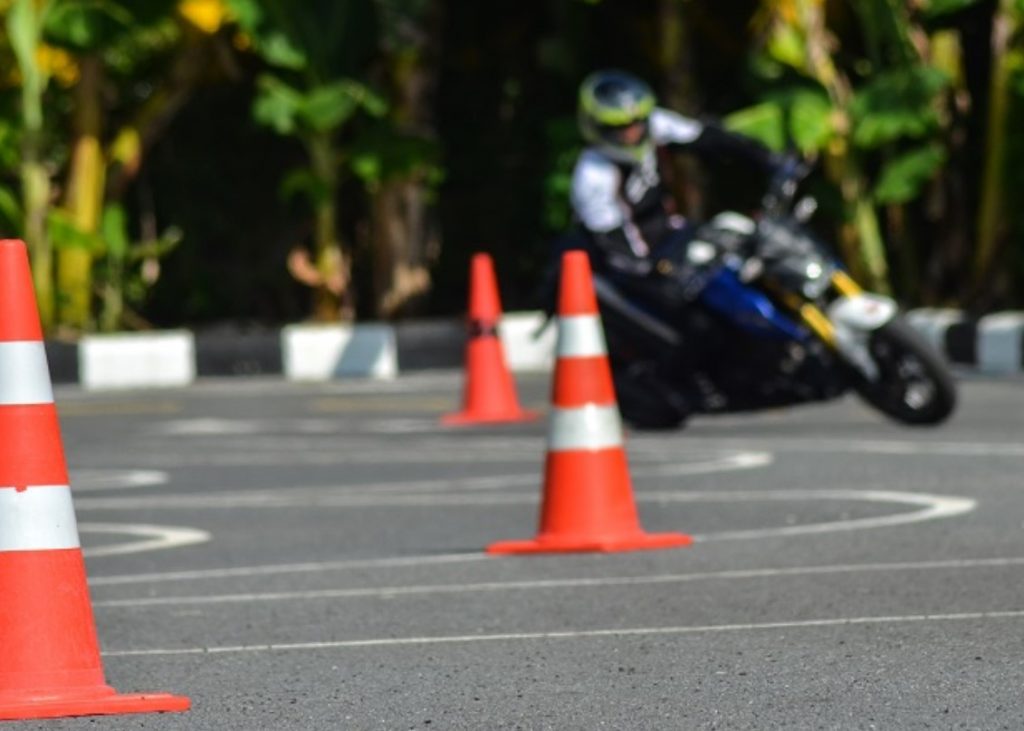
A2 license
If you want to get something more significant than 125cc, you need to get an A2 license. You can get the A2 license directly at the age of 19 that follows the same theory test as CBT, Mod1, and Mod 2. The A2 license test might take over a few weeks, depending upon bookings and stuff.
Now, the A2 license allows you to ride standard motorcycles up to 35 kilowatts and a power to weight ratio of 0.2 kilowatts per kilo. When writing the article, that’s the standard; consider looking into your state’s official website for exact figures considered an A2 license.
How to pass A2 license
If you are 19 years old and have already completed CBT and A1 licenses for two years, you can take an A2 license. Generally, it would be best if you gave Mod 1, Mod 2, and power restriction tests, particularly for the A2 license.
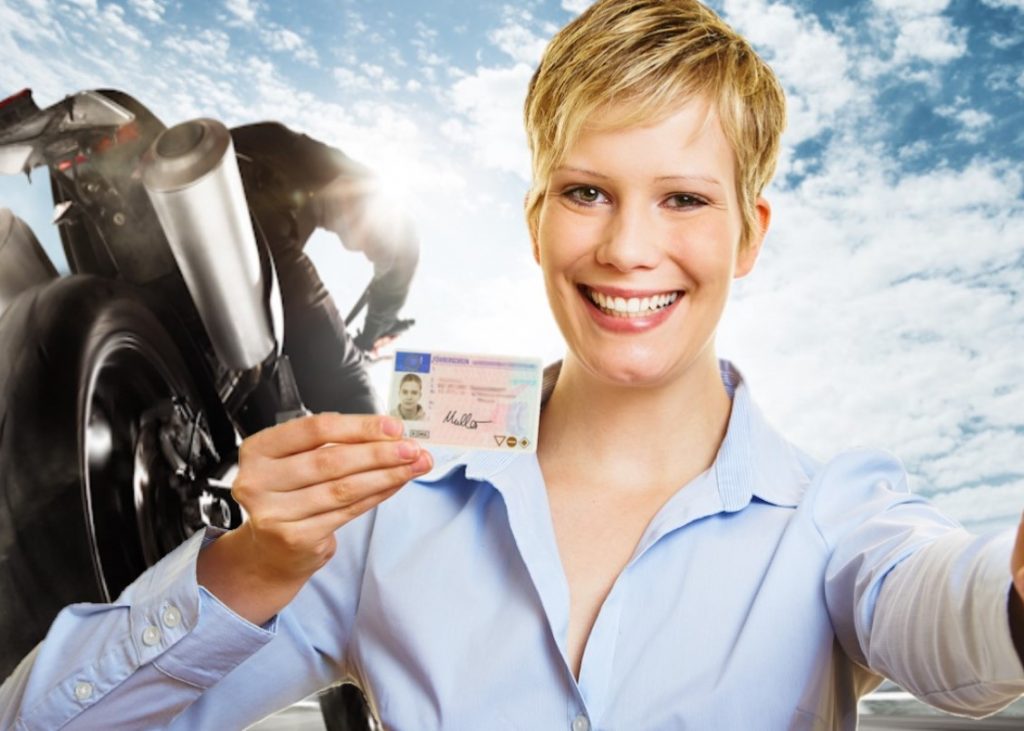
The module 1 test includes:
Module 1 in the A2 license tests the maintainability of your speed while you maneuver along the road.
The module 2 test includes:
Module 2 tests your ability to handle situations while you control your bike when another vehicle comes in close contact with you. An examiner assesses your riding based on how successfully you drive.
The power restriction test includes:
You are allowed to ride a bike that exceeds no more than 395cc after you give the A2 license test. It’s requested to give the training on the training school bike examined by the professionals.
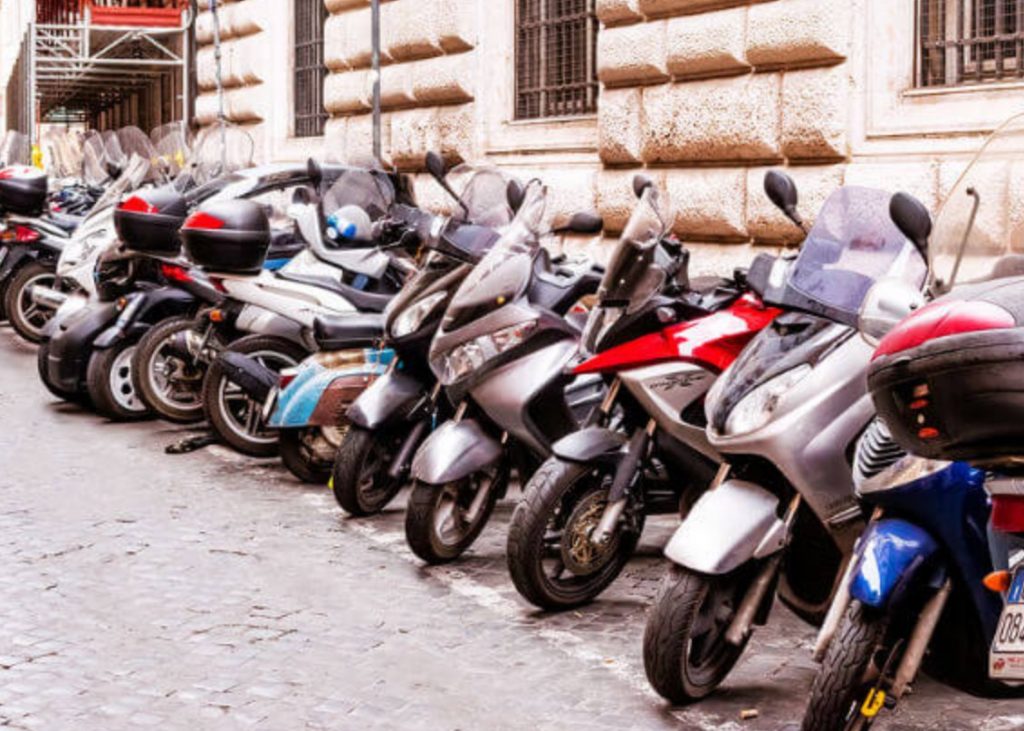
Full A-license
If you take an A2 license when you are 19, you will be allowed to take a full A-bike license two years later. Usually, if you want to take a full A-license but have not taken an A2 license, you need to wait until you turn 24 years old. So the way of jumping two years ahead is by getting the intermediate or A2 license.
The full A-license gives you leverage to drive anything of any power completely unrestricted. You can take a pillion on a road trip and ride high CC motorbikes.
How to pass Full A-license
Passing full A-license is somehow hard compared to other tests. Firstly, you will be assessed for CBT, A1, and A2 tests carefully. Similarly, you need to pass the test with zero road accidents.
The full A-license test also includes the hazard perception test, which lets you click while analyzing the road’s developing hazard.
Things get serious while you drive a motorbike compared to cars. With little or more dedication, it’s not that hard to pass the driving license test. The requirements and restrictions are well explained in the above section, and we hope that helps you become a professional driver.

